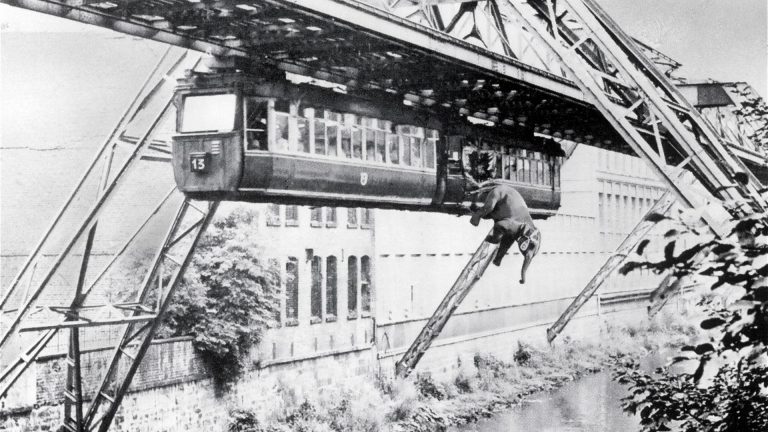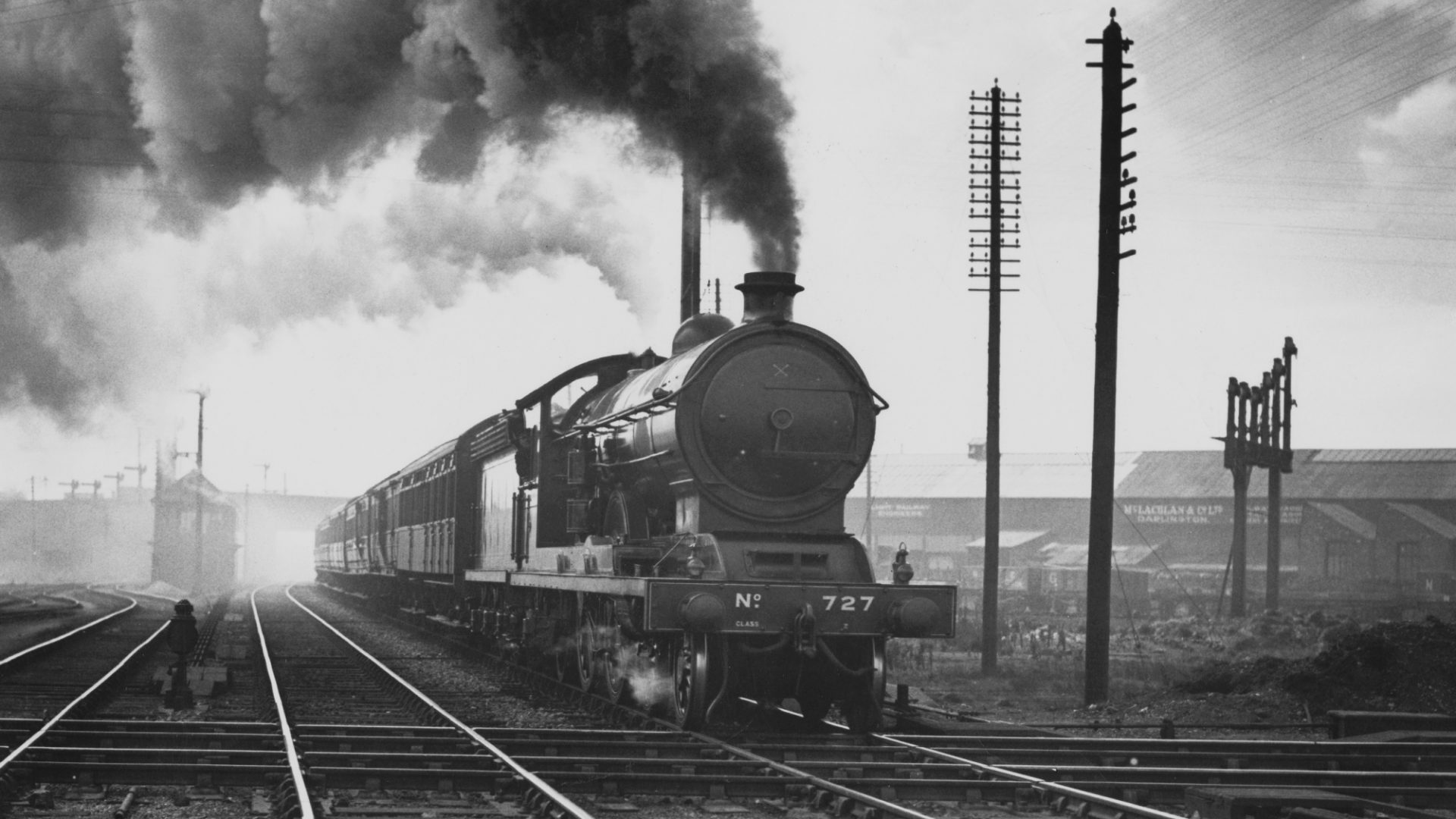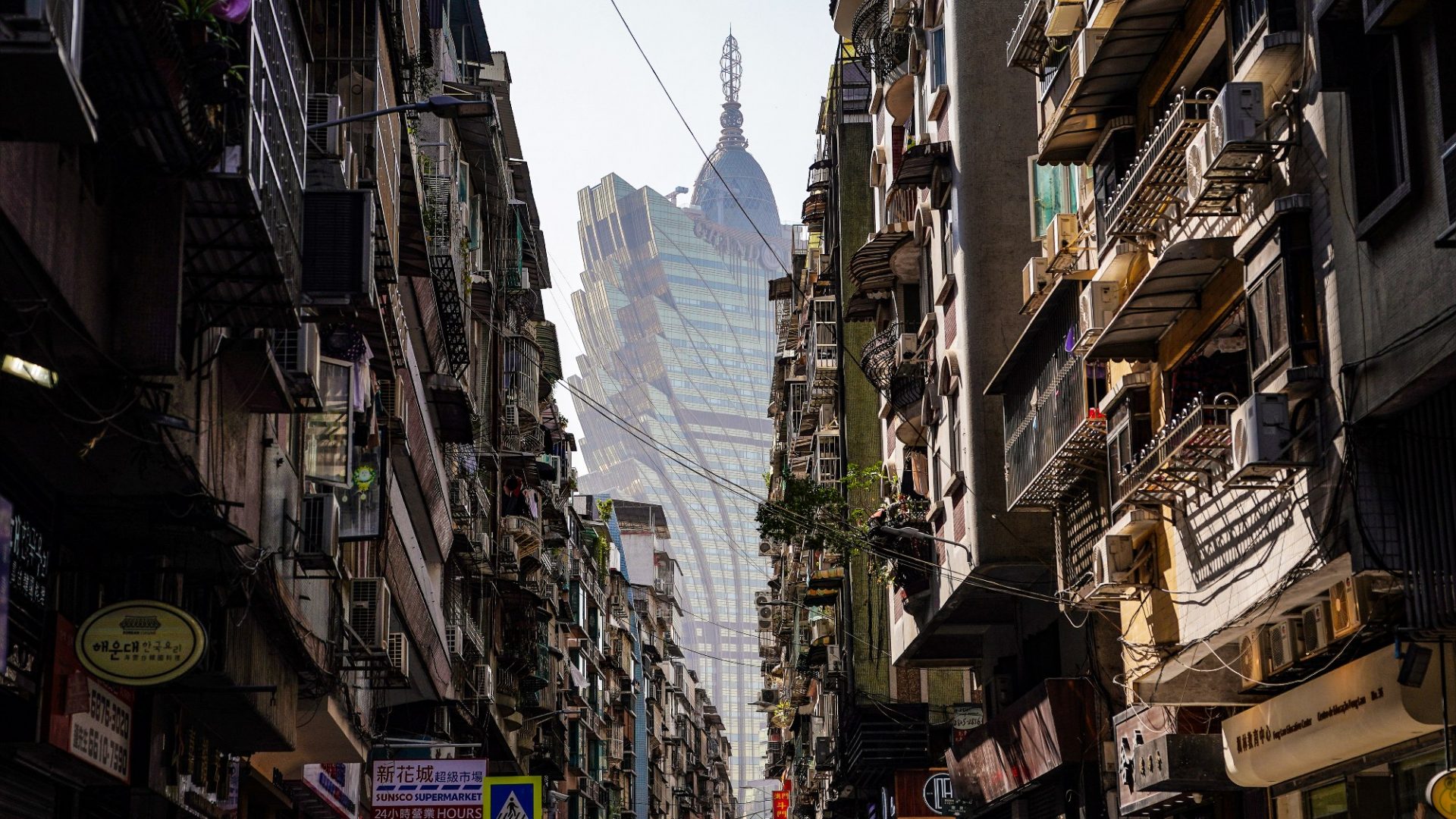The people of Brusselton have a gripe. When the world’s first timetabled, public passenger steam service on the Stockton and Darlington Railway departed Shildon station 200 years ago, on September 27, 1825, the train was so long it also passed through Brusselton. Effectively, it left both places simultaneously. Yet history books record its point of departure as Shildon, and that’s irritated Brusseltonians ever since.
The story may be apocryphal but, of course, had the railways gone the way of the stagecoach, the penny farthing and the Sinclair C5 as a mode of transport, nobody today would care about their grumbles. But the railways didn’t and today almost every nation on the planet has a network, however diminutive (Vatican City State’s is 299.65 metres long). And most of those that haven’t are planning one.
Alan Hyde, marketing and communications officer of Railway 200, a cross-industry partnership celebrating the anniversary says: “The journey from Shildon to Stockton on September 27, 1825 was the journey that shaped the future. The influence of the railways was akin to the birth of the internet in the digital age.”
A bold claim. So, what have the railways ever done for us? Today, at their most mundane, they take commuters to work, families on holiday, carry our mail, convey goods across nations, and provide employment. But more significantly they forged social transformation. Railways knitted regional economies together – coal from Wales to factories in northern England, fish from Scotland to London markets. Remote villages were connected, people could swap jobs between towns and journey times between Edinburgh and London shrank from days to hours. And railways spawned mass tourism. By 1860 they were carrying 23,000 visitors a year to Blackpool. “Towns like Bournemouth and Scarborough were built on the railways,” says Hyde.
Our cultural lives too have been moulded by railways: literature, painting, music and film, think The Railway Children and Harry Potter. All cashed in on rail’s allure.
Railways even created standardised time. “Originally town clocks were set locally,” explains Hyde. “Once railways had timetables, this was no longer possible – the clocks had to match up. Railways moulded our lives and our world.”
Although only 300 tickets were sold for that first journey, hauled by George Stephenson’s Locomotion No 1, as many as 600 people clambered aboard. Overcrowding on our trains clearly has a long history, but entrepreneurs and engineers took note.
In the UK, the likes of Stephenson and his son Robert, Isambard Kingdom Brunel and Thomas Brassey, alongside other more dubious figures such as disgraced railway financier George Hudson, were instrumental in what became known as “railway mania”. In the US Cornelius Vanderbilt and Collis Potter Huntington got rich riding the rails. But trouble lay ahead. It’s accepted wisdom that some people made pots of money out of railway mania, while others lost just as much once the bubble began deflating. Yet it never truly burst.
Christian Wolmar, host of the Calling All Stations podcast and author of Fire and Steam: How the Railways Transformed Britain, says: “It’s often stated that bust followed boom but actually railway mania never fizzled out. In the 26 years after what I consider the first significant railway was opened in 1830 – the Liverpool and Manchester with double tracks, signals and trains hauled by Stephenson’s Rocket – nearly 10,000 kilometres of line had been built in the UK alone.” By 1871 this figure had doubled.
Simon Bradley, author of Bradley’s Railway Guide: A Journey Through Two Centuries of British Railway History agrees: “Credit tightened as the economy worsened after 1845, but there was never a single Lehman Brothers-type moment that sent things crashing.”
Nonetheless, those early railways were a free-market frenzy. Andrew Martin, author of To the Sea by Train, among other railway books, explains. “Although Britain was the cradle of the railways, they were built in a laissez-faire, haphazard fashion by competing companies. The British government was run by aristocratic landowners who had studied classics, rather than science or engineering. Their extensive properties restricted where railways could be built. So they followed different routes than the ideal ones they might have followed in other countries.”
Elsewhere across mainland Europe, which differed from Britain politically and culturally, railways were more structured and planned, Germany being an obvious example as the country industrialised and grew out of the Prussian state. “However, in Britain, railways were never a national effort nor a conscious attempt to create a polity,” says Martin.
And beyond Europe too, it’s fair to say that railways created countries,” adds Hyde. Without them it can be argued that the US and India would not be the single-entity nations they are today.
India’s first line opened in 1853. By 1880, it had about 15,000 kilometres of track. And pretty much every American knows how the railroad shaped their nation. Railways helped governments understand the physical, economic and social geographies of their countries, forging regional and national identities.
Today, we think of railways more prosaically, things to take us to work or preferably on holiday. But we look back on rail travel in years past as something more seductive. “Certainly in the UK, which has more heritage lines than anywhere else, there’s particular nostalgia for steam,” says Martin. But did this golden age of rail ever exist?
Wolmar is unequivocal. “No, in a word. Maybe you could argue that in the last 25 years of the 19th century and prior to the first world war, railways were the dominant transport form before the adoption of the motor car. Every British town of note, and some not of note, had a station. I call it the Agatha Christie Railway – her characters travelled by train whereas afterwards they’d probably use a car. But it wasn’t a golden age, just a dominant age.”
Martin identifies a second candidate era. “The UK’s Holiday Pay Act of 1938 entitled workers to paid leave, and after the second world war people wanted to enjoy their sense of freedom. So, from the war’s end and into the 1950s, people again travelled on holiday by train. Railway companies ran poster campaigns declaring rail glamorous and fast with buffet cars and Flying Scotsman cocktails. But this was actually a rearguard action because families were starting to buy cars, and travel was becoming an individual activity.
“In the end the train companies were unsuccessful. Britons loved the car. It offered freedom and was anti-statist – again more laissez-faire. Yet we still regard that era as golden because of what it invokes in us rather than the fact that it was successful for rail, because it wasn’t.”
Suggested Reading


The elephant that went by monorail
Which raises another point. Why has political support for rail waxed and waned repeatedly? “In Britain, it goes back to that principle of us being constitutionally opposed to paying for things,” says Martin. “We think raising spending is socialist, and the treasury won’t spend unless it has to.”
Bradley concurs: “Railways require subsidy and constant investment. It took time for governments to understand this but by then the 1960s had happened and the British government’s Beeching report had led to cutting away the railway’s loss-making parts, without recognising their wider social benefits. Little has changed since then.”
Wolmar adds: “Politicians have never understood the value of railways – they reduce road congestion, provide transport for people without cars or who want to travel long distances without driving. They’re environmentally friendly and, crucially, there are votes in them.
“And the wealth generated by railways is found in businesses whose employees travel to work by them and move goods around. They benefit more people than simply those who travel on them.”
The UK may have been the birthplace of passenger rail but has the progenitor been somewhat left behind? Putting aside the 40,000 kilometres of high-speed track China has laid in less than two decades, nations of comparable economic strength – France, Spain and Japan – have high-speed track lengths ranging from 2,800 to 4,000 kilometres. Britain has just 109 kilometres and the controversies dogging every mile of HS2, suggest other nations have long since eclipsed the UK.
On the other hand, Wolmar points out the UK is smaller than France or Spain so the comparison doesn’t necessarily hold. “Britain’s Inter City 125 trains and their successors filled the gap somewhat, obviating the need for a high-speed network.”
Whatever the merits of different nations’ attitudes to railways, they are as relevant today as throughout the two previous centuries. For a brutal example of their continued importance look how frequently Vladimir Putin’s drones target Ukraine’s rail network (and equally how keen Ukraine is to destroy railway bridges linking Crimea to Russia).
On a more benign level, railways have survived by concentrating on what they do best – conveying passengers over long distances, moving visitors and commuters (despite post-pandemic working patterns) around cities, and shifting freight in bulk. These essentials haven’t changed since railway mania.
As Hyde notes: “One freight train’s load of steel can build 1,000 new cars, 60,000 white goods or 30 homes. Road haulage cannot match that.”
Even in the United States which has pretty much abandoned long-distance passenger traffic, freight makes up a far higher proportion of the national payload than in Europe. Trains more than a kilometre long even carry the nation’s trash to landfill (with a stench commensurate with their length).
“Railways remain relevant,” asserts Martin. “But the main argument in their favour, which train companies should shout about more, is their environmental benefits. Trains are better for the planet than cars or planes. Encouragingly, young people appreciate this.”
Check out the Instagram campaign Tågskryt, a Swedish word that translates to “train brag”. Young people on trains take selfies to show they’re not damaging the environment by flying. “This, alongside the revival of services such as sleeper trains and EU initiatives to remove obstacles to cross-border travel, is reassuring,” says Martin.
As rail’s third century begins it seems more pertinent than ever. “It has a big role in the 21st century,” says Wolmar. “Look what the Elizabeth Line, connecting the outer reaches of east and west London, (completed in 2022) has achieved. It should be the first of several such projects, if only we had the imagination. It already carries 700,000 people a day.”
And with magnetic levitation – or maglev – trains hoving into view, speeds will increase, making rail a competitor to airlines over longer distances. Also on the horizon are any number of innovations that will keep the railways fit for purpose: renewable-powered locomotives, predictive maintenance, digitally controlled trains, AI-driven control centres and the reopening of closed lines.
Martin adds a note of caution, though. “There are still people who don’t or won’t use trains. Often this is because trains aren’t associated with pleasure any more.
“Certainly, in the UK I find trains utilitarian and ugly. The carriages are uninviting and sometimes uncomfortable. You might not get a window and if you do it won’t open, yet the aircon can be too hot or too cold. Travel seems a chore.
“Compare this to Switzerland: comfortable seats, big windows, fewer annoying announcements, a buffet car, carriages in colourful decor…”
And what of rail nationalisation, another political football? Governments worldwide have privatised, nationalised, reprivatised and renationalised railways ad infinitum. Ironically, perhaps, America’s passenger network Amtrak is government-owned while much of Europe’s now isn’t. However, under the current Labour administration, the UK’s network is returning to public ownership under the banner of Great British Railways, 32 years after privatisation under John Major’s Conservative government.
“It’s sensible,” says Wolmar. “Railways always need public subsidy so it’s good to have direct government oversight. Privatisation was a bad idea that has had its day.”
Bradley says, “I love that the famous British Rail double-arrow logo, designed by Gerry Barney in 1965, is steadily returning.”
Over 200 years, railways have taken people to work, to holidays, to sports events, and have brought us our food, mail and Christmas trees. They have created empires, colonised and built nations. They have been used to commit genocide and they have been used to relieve famine and rescue refugees.
There are trains that can travel at nearly 600 kilometres per hour between national capitals and others that pootle along idyllic branch lines. Trains have taken the staff of entire factories on holiday outings and carried royalty to their funerals.
Railways have empowered generations. Resilient and essential, they are the circulatory system of civilisation. Despite our love of cars, railways top polls when people choose their favourite mode of transport.
“It’s a form of nostalgia,” says Andrew Martin. “The thought of how rail travel should be, even if it never was. People who never catch a real train will drive 100 miles to travel on a steam railway. Our romance with railways sits oddly with our political attitude to them.” Every Christmas, model-train manufacturer Hornby sells more than 5,000 Flying Scotsman sets.
And without the railways, it’s likely Britain’s national dish would not be fish and chips. “Potatoes could be transported anywhere quickly while holiday trains took people to the coast where they found fresh fish for the first time,” says Wolmar. “Then railways brought that fish to cities so the tourists could still eat it when they got home.”
Pass the salt and vinegar and let’s buy an off-peak return to Skegness.
Mick O’Hare is a freelance journalist, author and editor




